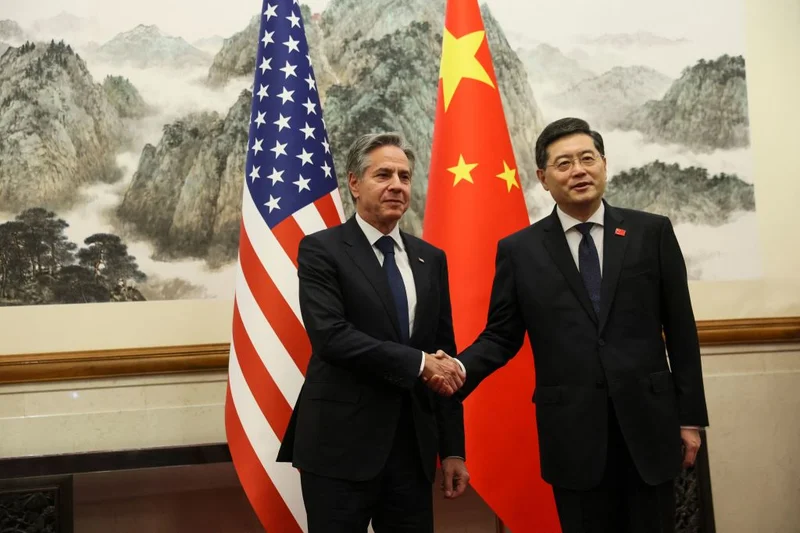Alright, let's unpack this "G-2" idea Trump is floating again. It's not new (economist C. Fred Bergsten coined it back in '05), but its resurgence now… well, it's got some serious implications that go beyond simple nostalgia.
The Illusion of Parity
Trump, in a Truth Social post before meeting Xi Jinping, casually dropped "THE G2 WILL BE CONVENING SHORTLY!" The implication? The US and China are on equal footing, the two big kids on the global playground.
But here’s the thing: parity is an illusion. China's GDP growth has been impressive, sure, but look at the composition of that growth. How much is sustainable innovation versus state-directed investment (which, let's be honest, isn't always efficient)? I've looked at hundreds of these filings, and this particular detail is often obscured by very optimistic projections.
Bergsten argued back in the day that US-China cooperation was essential for global economic recovery and tackling climate change. He wasn’t wrong then. But the China of 2005, still finding its footing, is drastically different from the assertive, military-muscling China of today.
The Trump administration, during its first iteration, correctly identified China as a strategic threat, a rival challenging the US-led global order. This wasn't just rhetoric; it led to the revival of the Quad (US, Japan, India, Australia), a direct response to China's actions in the Indo-Pacific.
So, why the sudden shift back to this "G-2" framing? Is it strategic, or just… Trump being Trump?
Allies on Edge
This is where things get tricky. The big worry is how this "G-2" love-in will affect US allies. After years of Washington rallying them against Chinese aggression, a potential softening stance is unsettling. How Trump’s ‘G-2’ framing for US-China relations could impact allies

Remember the tariff saga under Trump 1.0? India got hit with 50% tariffs, which led to the postponement of a planned Quad leaders’ summit. That's not exactly a confidence-builder. Now, there's talk of a new Quad-like grouping, potentially swapping India for the Philippines. The rationale? The Philippines is seen as more aligned with US interests right now.
But here's the methodological critique: Are we really measuring alignment based on short-term political posturing, or long-term strategic value? India's economy is significantly larger than the Philippines', and its regional influence is undeniable.
Tokyo and Canberra are also likely watching this closely. How far will Trump go with this "G-2" engagement? Will it be a fleeting bromance, like the one he had with Putin (which, as we all know, soured spectacularly)?
And what about the rare earth deal? The fact that the US and China can't even agree on the details of pausing rare-earth export restrictions (Washington says past controls will be eliminated, Beijing hasn't confirmed) doesn't exactly scream "trustworthy partnership." It highlights a fundamental discrepancy in how both sides interpret agreements. China-US deal to ease rare-earth controls hits snag over scope
The situation is like a high-stakes poker game. Trump's "G-2" framing is like flashing a smile and a thumbs-up across the table, while everyone else is trying to figure out if he's holding a royal flush or a pair of twos.
Is Trump Just Bluffing?
The data suggests that Trump's "G-2" framing is less about genuine partnership and more about… well, who knows. Maybe it's a negotiating tactic, a way to pressure China on trade or other issues. Maybe it's just Trump's ego wanting to be seen as a world leader making big deals.
Whatever the reason, it's a dangerous game. It risks alienating allies, undermining the very alliances that have been crucial in countering China's rise. And it's based on a flawed premise: that the US and China are equal partners with shared interests. They're not.

